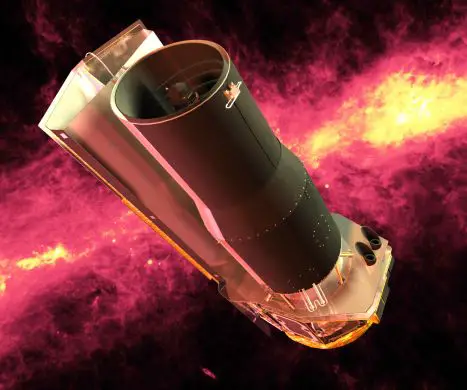
Scientists keep observing and studying various universal phenomena. Radiations that travel through the Earth’s atmosphere play an important part in understanding these processes. However, our atmosphere is very thick and does not let all these radiations pass on to Earth in an entire way. While it is for good that some high-energy radiations do not pass through these atmospheric layers, it becomes difficult to study radiations when they remain confined to the space that surrounds the Earth’s atmosphere. The air in our atmosphere consists of varied types of particles, debris and water vapor that all block these radiations from reaching the Earth’s surface.
There is a lot of interference that happens in the Earth’s atmosphere. To avoid all this interference and conduct a proper study of various types of radiations, we usually have telescopes placed in space. When scientists conduct long-term studies of the universe, they place telescopes in space that help them avoid clouds and atmospheric pollution. The amazing and complete view of the universe can only be captured by conducting a study in space. In order for all the information to reach us, it is important to setup observatories in space and to place telescopes there.
It all started with Edwin Hubble who placed a telescope in space. Using that telescope, several unknown facts were discovered and we were able to gather a lot of knowledge about space. Thus, it is important to make new discoveries by understanding different scientific phenomena that might be taking place in the upper atmosphere or space. Although scientists have tried to place telescopes on high mountains to conduct atmospheric studies, it is more advantageous to reach the space region directly so all atmospheric distortions could be avoided. With the developing technology, it has also become easier for us to place telescopes in space.